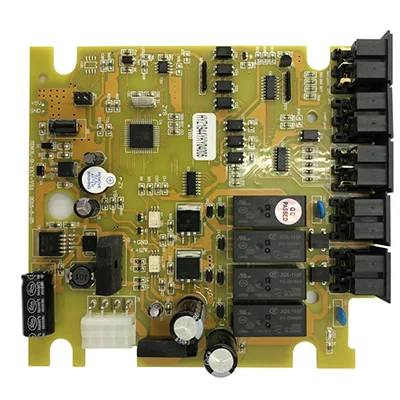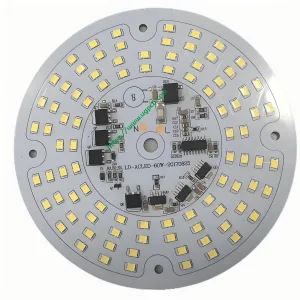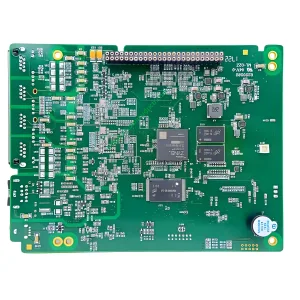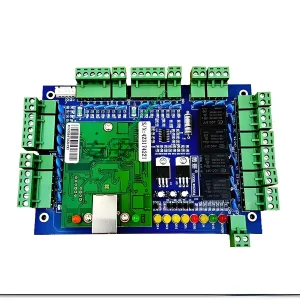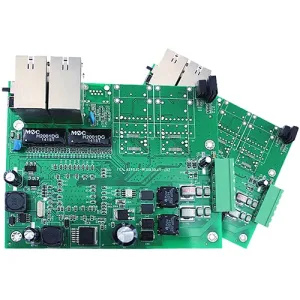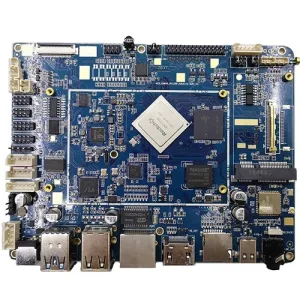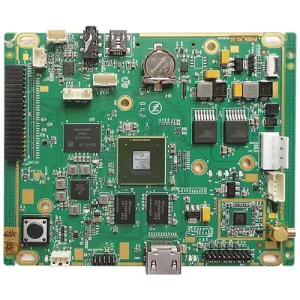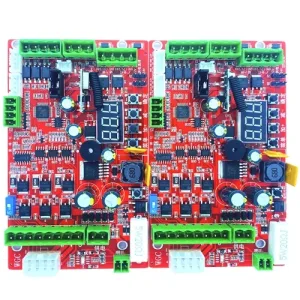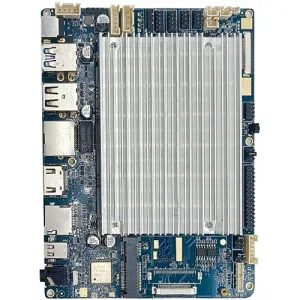Introduction to Medical Device PCB
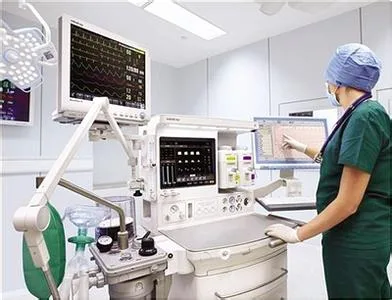
The Printed Circuit Board (プリント基板) business has expanded its irresistible beneficial influence due to the continuous growth of the tech world and its use in various fields. 近年では, its impact on the world of electronics has exceeded all forecasts, including IoT devices, スマートフォン, コンピュータ, 人工知能, もっと. 今, PCBs are transforming medical devices and bridging the gap between patients and physicians in the medical technology business, enabling the development of convenient medical devices that help solve key challenges in healthcare.
The Growing Importance of PCBs in Medical Electronics
The medical electronics industry is growing rapidly and shows no signs of slowing down, highlighting the significant influence of PCBs in the medical field. The global medical electronics market is projected to reach $4.4 10億 2022. With technological advancements, PCBs are becoming increasingly crucial in medical devices, as most modern medical gadgets require them to function properly and efficiently. PCBs are essential for operating medical equipment such as defibrillators, electrical muscle stimulation devices, MRI machines, medical imaging systems, CT scans, and ultrasound equipment.
Medical PCB Technology and Its Types
Ensuring Reliability and Cleanliness
Extra care is taken in producing medical PCBs to ensure reliability, given that human life depends on the equipment they power. Medical PCBs must meet strict hygiene and cleanliness requirements, especially those used in implants. High Density Interconnect (HDI) PCBs are commonly used in medical devices to achieve the necessary compactness and reliability.
Techniques Used in Medical PCB Assembly
HDI / Via-in-Pad Technology
The design of inserting vias inside copper pads, known as via-in-pad, saves space on the PCB and provides up to 50% more space for component placement. This technique is favored by PCB engineers for creating smaller, more acceptable pitch devices. Blind and buried vias also help reduce space, but via-in-pads remain the best choice for high-speed and high-dissipation PCBs.
表面実装技術
表面実装技術 (SMT) is widely used in commercial device manufacturing due to its advantages in the PCB manufacturing process. SMT components are smaller, allowing more electronic devices to be packaged in a smaller space. SMT also enables automated soldering and PCB assembly, improving reliability and cost-effectiveness.
PCB Fine Lines and Spaces
Next-generation portable electronic devices rely on HDI PCB technology with tiny lines and spaces (2 mil and below). This technology offers reduced board size, enhanced wiring, and lower manufacturing costs compared to conventional techniques.
Application of UGPCB in the Healthcare Industry
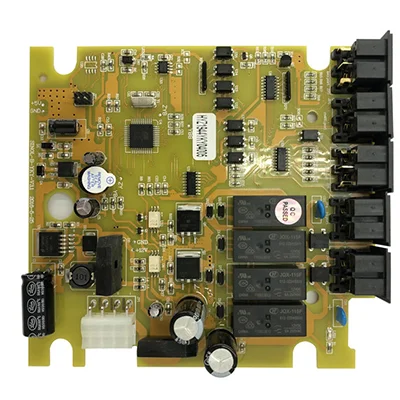
UGPCB plays a vital role in the medical industry, not only in appliances but also in monitoring, diagnostic, and therapeutic equipment. With technological advancements, UGPCB’s applications in healthcare are rapidly expanding, opening up new possibilities.
Common Applications
- Scanning Equipment: CT scanners, X-ray screens, and ultrasound scans all rely on electronic components.
- Monitors: Medical monitoring devices such as heart rate monitors, blood glucose monitors, and blood pressure monitors contain electronic components.
- Medical Instruments: Medical research requires various instruments with PCBs, such as electron microscopes, control systems, and compressors.
Higher Standards and Quality Requirements
Due to health concerns, UGPCBs must meet higher standards in the medical industry. These devices must be reliable, of good quality, and often smaller in size to meet medical requirements.
Our Services
We provide Medical Equipment Turnkey PCB Assembly, medical PCB assembly, and Turnkey PCB Assembly services. UGPCB is your one-stop Turnkey PCB Assembly factory.
 UGPCBのロゴ
UGPCBのロゴ

